After the town of Bilar, the next major town was the town of Loboc, when my multi-cab got there, I also got off. For a small town, Loboc is packed with sights, among them rank Bohol’s most famous ones. First on the list here is the Church of Saint Peter the Apostle or just simply, Loboc Church. Loboc Church is the second oldest church in all of Bohol and it was built in 1602, it recently celebrated it 400th birthday. As usual with old churches in the Philippines, this church has undergone quite a number of refurbishment and rebuilding because of countless typhoons and earthquakes.
The church now has a typical earthquake architecture with its massive butresses supporting the entire structure. This is to prevent a repeat of the past collapses due to earthquakes. The bell tower is built separately from the main church building to avoid the collapse of one affecting the other. The church was built way inland to avoid the regular raids of the natives against the Spanish conquerors, as the seaside was naturally difficult to defend against.
Most old church here in Bohol are built of coral stone and seem very sturdy. The walls of the church are thick and are white washed with carvings of religious figures though a lot of them have severely deteriorated. The main door of the church has a severe growth of unsightly moss, it gives you an idea how much maintenance support the church gets. For a church this significant, it is very imperative that the government do their utmost to preserve and restore the church to its original grandeur.
As with old Spanish churches in the Philippines, there is always a large plaza in front of the church. The Loboc Church is no different. There is a small park right outside the church building with the small statue of Jesus Christ. The area feels quite a bit like Vigan in Ilocos Sur except that this church is much older.
The bell tower, on the other hand, is across the street from the church. The bell tower is interestingly built in an octagonal shape, reflecting some Chinese influence in the building of the tower. In fact it is quite reminiscent of a Chinese pagoda, but that all disappears when you see the massive Catholic Church right beside it.
The Loboc Church is a very important piece of heritage in the Philippines and it would serve well to properly maintain it. Although the “ruined” look also has its own appeal, I would probably prefer that the “ruin” would remain just the “look”, for it would be a huge loss to the country if this church were actually to fall into ruin.
[xmlgm {http://www.worldwanderings.net/kml/ChurchofSt.PetertheApostleLoboc.kmz }]
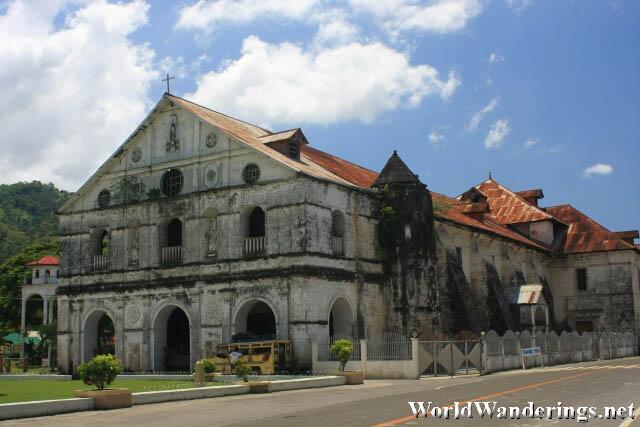
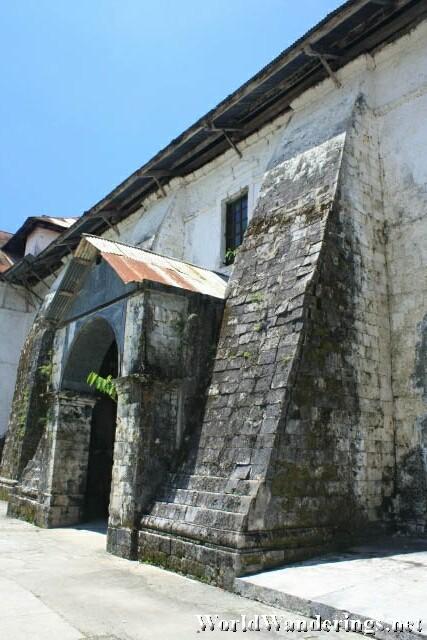
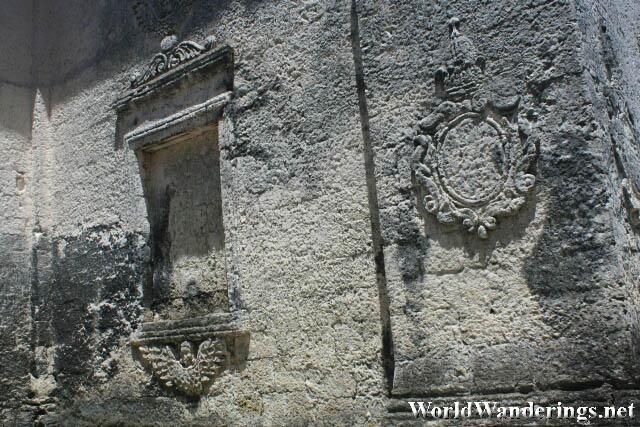
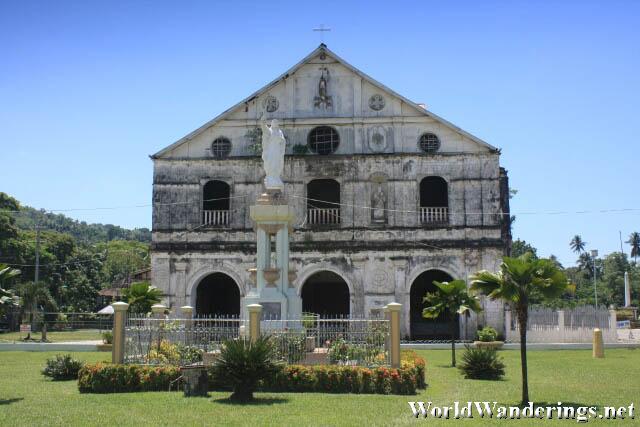
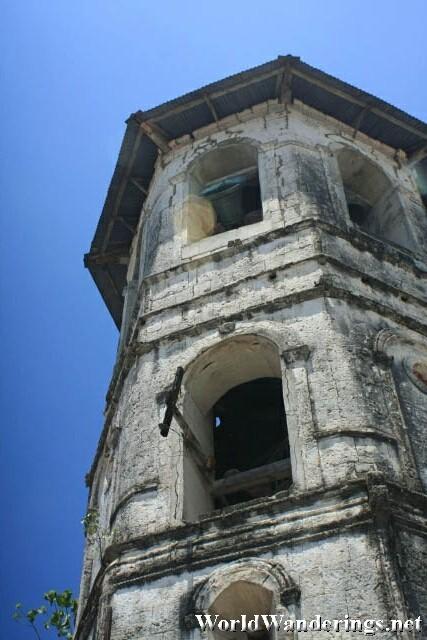
Pingback: Red Butterfly Travel Series: Bohol « Pula ang Kulay ng Mundo